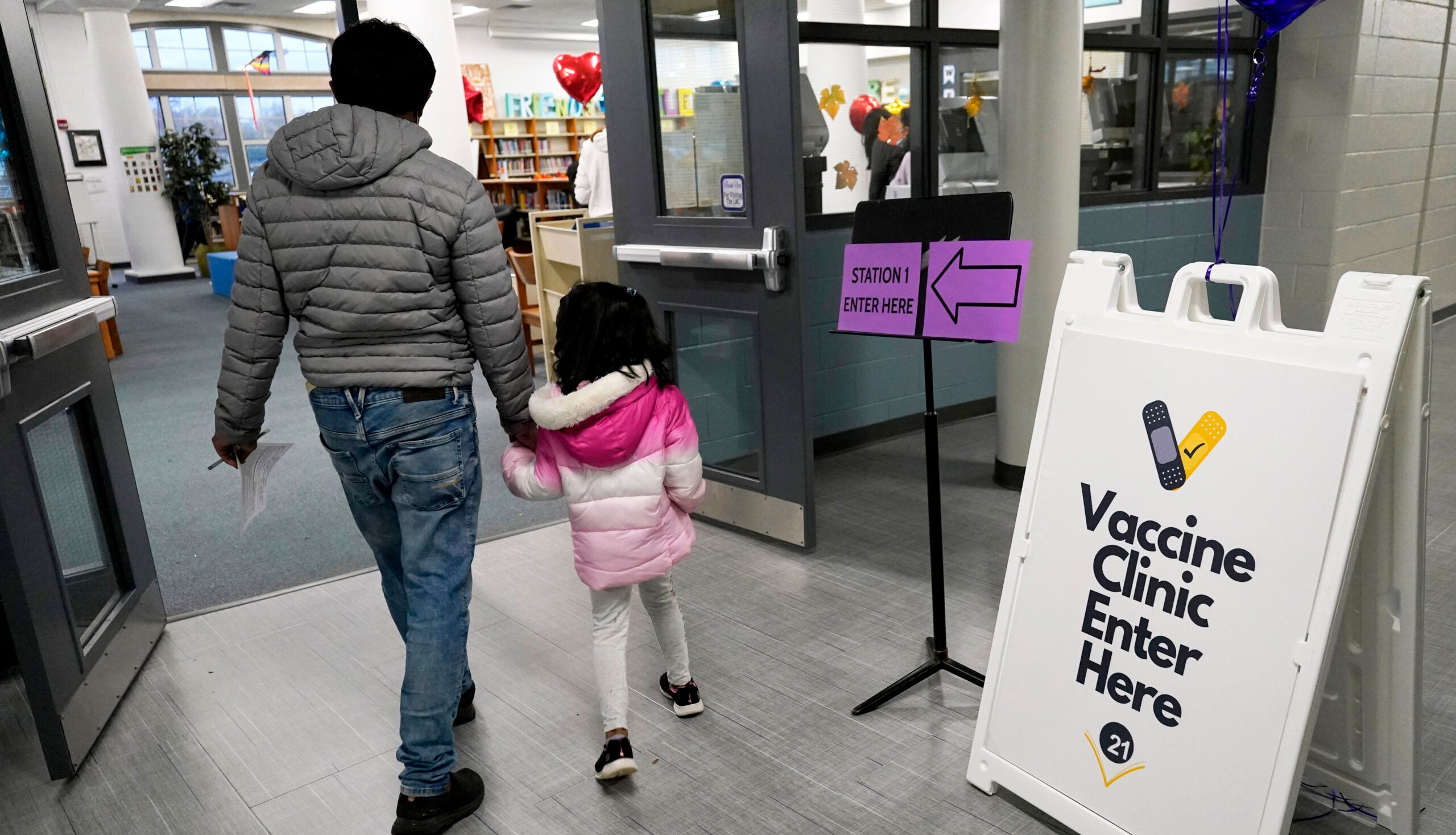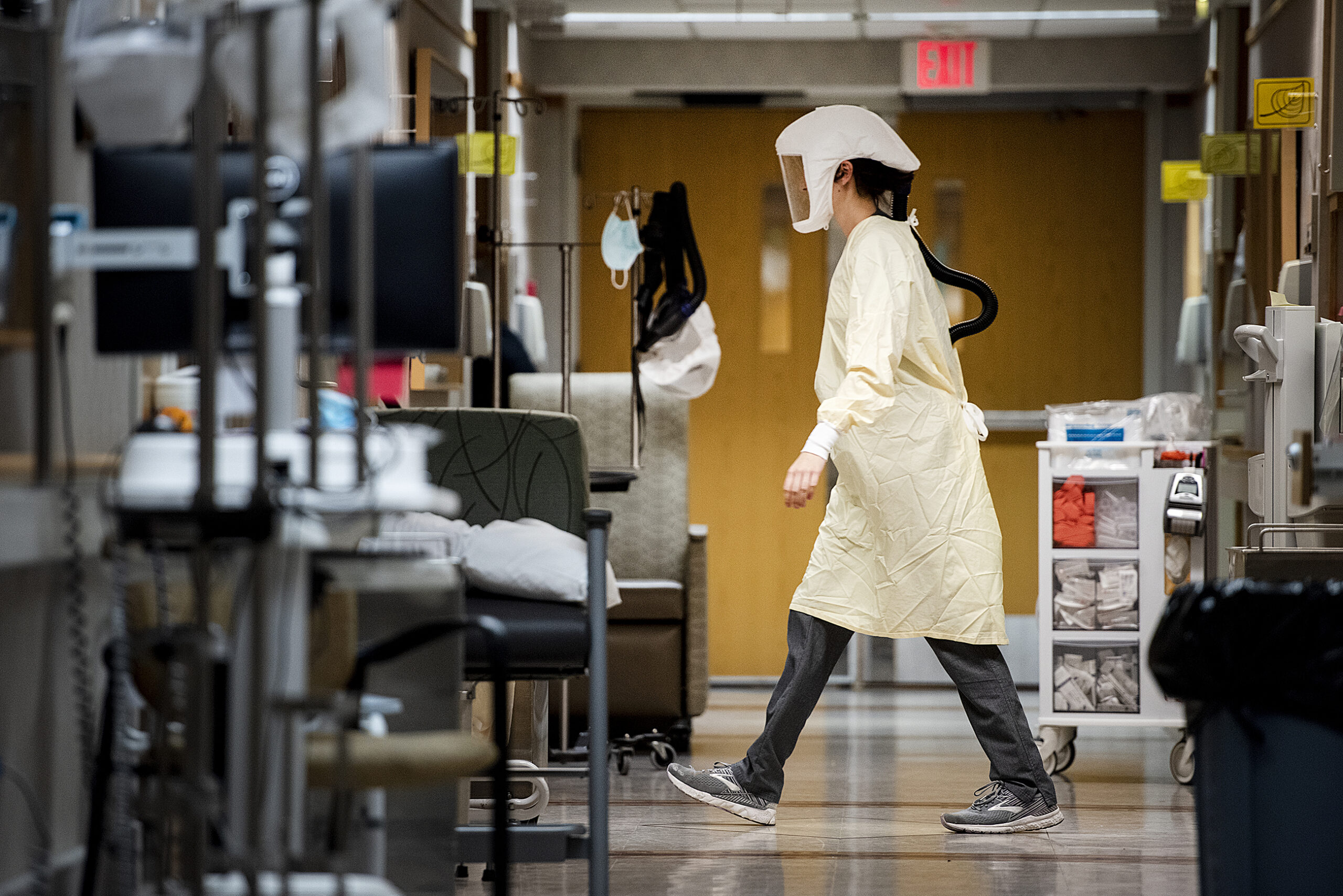National and state experts say it’s very possible that Wisconsin will double its total number of COVID-19 deaths before the end of the year, based on predictive modeling.
In a statewide address Tuesday night, Gov. Tony Evers cited an estimate from the Institute for Health Metrics and Evaluation at the University of Washington that Wisconsin could see 5,059 COVID-19 deaths by Jan. 1.
As of Wednesday, the state had reported 2,457 deaths from COVID-19, an increase of 62 deaths from Tuesday.
News with a little more humanity
WPR’s “Wisconsin Today” newsletter keeps you connected to the state you love without feeling overwhelmed. No paywall. No agenda. No corporate filter.
Ali Mokdad, a professor at IHME, said many states are facing similar projections. Mokdad said he’s confident in the estimate because countries like Argentina and Chile saw similar growth in COVID-19 cases and deaths during their winter months in July, August and September.
“Right now when you look and see in Europe, they are like three or four weeks ahead of us,” Mokdad said. “They started peaking, mortality is increasing and we are following, unfortunately, the same pattern everywhere with COVID, because COVID is a seasonal virus.”
He said IHME’s model looks at the relationship between various factors measured over the previous eight days, like mortality, testing, mask wearing and population density.
Oguz Alagoz, a University of Wisconsin-Madison engineering professor who specializes in modeling the spread of infectious diseases, said many factors, like changing human behavior or the availability of a vaccine, could impact the accuracy of a projection. But he agrees with IHME’s estimate.
“I wish I could say, ‘Oh, they are too pessimistic.’ But I tend to agree with them that if we see the same patterns, same growth rate, 5,000 deaths is a possible outcome we could see by Jan. 1,” Alagoz said.
Alagoz said IMHE’s estimate is similar to those based on other models from around the country, giving researchers more confidence that the projection is accurate.
For example, Harvard Medical School’s COVID-19 Simulator projects Wisconsin will see 5,460 deaths by Jan. 1.
While estimates of COVID-19 cases and deaths varied widely at the start of the pandemic, Alagoz said most models have become more stable. That’s because researchers better understand how the virus is spreading, and health care professionals better understand how to treat COVID-19 patients.
But Alagoz said human behavior in the next several weeks will have a big impact on the actual number of COVID-19 deaths seen in the state.
“It’s really very much about individual buy-in because we know that here the transmission appears mostly in private events — so like, I come together with a few friends or family members in an indoor space,” Alagoz said.
Because IHME’s model looks at data from the previous week, Mokdad said the projection hasn’t accounted for how spread could increase if more people gather for the holidays.
He points out the current estimate is already a bad sign for the state’s hospitals, which are projected to have a shortage of ICU beds and ventilators under IHME’s model.
And Mokdad says even if a vaccine becomes available in early 2021, it will likely be too late.
“It’s like the flu vaccine: if you take it in March or April, it’s already kind of late. So we really need to put on our best behavior right now. Prevention is what we can do in order to avoid an increase in infection and mortality,” Mokdad said.
Wisconsin Public Radio, © Copyright 2025, Board of Regents of the University of Wisconsin System and Wisconsin Educational Communications Board.






